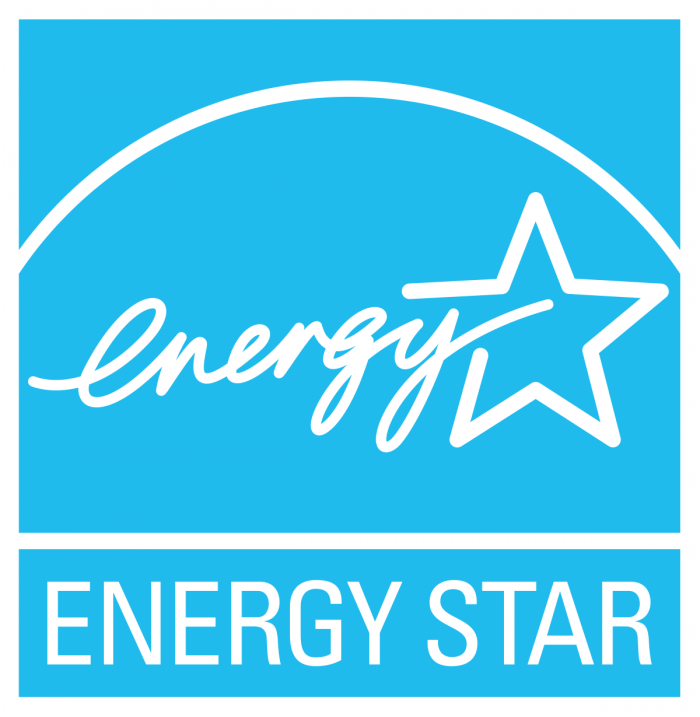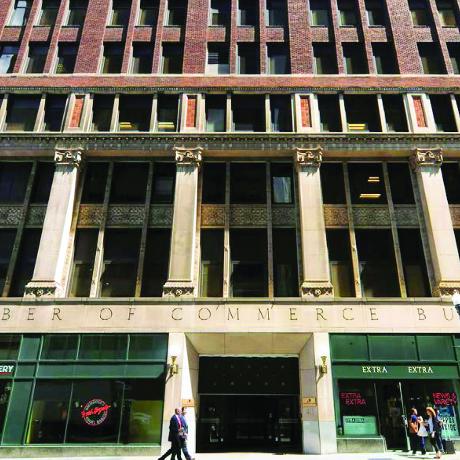Our Evolving Strategies for Optimizing Existing Buildings
Two Buildings Attain Certification Despite COVID-19 Challenges
At evolveEA, one of the methods we use to track building performance is EPA’s ENERGY STAR® Portfolio Manager. The online tool has helped our clients track progress towards energy, water, and waste reduction goals; diagnose potential leaks or issues with the building that do not align with trends; and identify areas for improvement. As the old saying goes, you cannot manage what you do not measure, and ENERGY STAR Portfolio Manager is a useful tool to help buildings measure and save energy, money, and natural resources.
 ENERGY STAR Portfolio Manager also helps buildings benchmark their energy consumption against their peers. The easiest way to do this is to look at a building’s ENERGY STAR score which ranks a building’s performance on a scale from 1 to 100. The score accounts for differences in building types, operating conditions, regional weather data, and other important considerations. The closer the score is to 100, the better the building is performing compared to peer buildings. Buildings that achieve a score of 75 or higher, indicating that the building performs better than at least 75% of similar buildings nationwide, are eligible to achieve ENERGY STAR certification.
ENERGY STAR Portfolio Manager also helps buildings benchmark their energy consumption against their peers. The easiest way to do this is to look at a building’s ENERGY STAR score which ranks a building’s performance on a scale from 1 to 100. The score accounts for differences in building types, operating conditions, regional weather data, and other important considerations. The closer the score is to 100, the better the building is performing compared to peer buildings. Buildings that achieve a score of 75 or higher, indicating that the building performs better than at least 75% of similar buildings nationwide, are eligible to achieve ENERGY STAR certification.
Challenges of COVID
While ENERGY STAR Portfolio Manager has been an instrumental tool to benchmark energy performance, like many things, COVID-19 and the resulting shift in how we use commercial buildings threw the industry for a loop. Regardless of whether the building was fully occupied or not, all buildings still had to heat and cool their spaces to an extent (to avoid freezing pipes, overheating, etc.), utilize lighting, power appliances (like break room refrigerators), and keep data servers or other equipment online. Some buildings that were operating at low capacity had to turn on lighting for an entire floor if their lighting was not zoned, just to accommodate one employee.
Given these changes, there was suddenly no good way to have an apples-to-apples comparison of energy use in buildings. However, ENERGY STAR did their best to adjust their requirements to try and normalize the playing field. Buildings were instructed to update the number of workers on the main shift and adjust the weekly operating hours that employees are permitted to enter the building. However, we learned from the Green Building Alliance’s 2030 District Progress Report that there was only a 3.8% decrease in energy consumption among office buildings in the Pittsburgh 2030 district cohort in 2020, which caused the 2020 ENERGY STAR score for many buildings to decrease.
Despite the challenges of the past year, we are proud to share that two of our clients adapted their operations and were able to achieve ENERGY STAR certification: DMI Industries’ Charleroi Headquarters and the 411 7th Avenue Building in Pittsburgh, PA managed by Oxford Development.
Spotlight: DMI Industries
 DMI Industries’ Headquarters achieved ENERGY STAR certification in 2012 and again in 2020. The building is a historic 130-year-old structure located in downtown Charleroi, PA in the Mon Valley. The 23,800 sf office building is 4.5 stories, including a basement and half-floor mezzanine. The building has a rooftop solar array that is net-metered and produces a portion of the building’s energy consumption. DMI Industries’ Headquarters is the first to achieve ENERGY STAR certification in the borough of Charleroi.
DMI Industries’ Headquarters achieved ENERGY STAR certification in 2012 and again in 2020. The building is a historic 130-year-old structure located in downtown Charleroi, PA in the Mon Valley. The 23,800 sf office building is 4.5 stories, including a basement and half-floor mezzanine. The building has a rooftop solar array that is net-metered and produces a portion of the building’s energy consumption. DMI Industries’ Headquarters is the first to achieve ENERGY STAR certification in the borough of Charleroi.
Spotlight: 411 Seventh Avenue
 Located at its namesake address in Downtown Pittsburgh, the 411 Seventh Avenue Building is a 16-story high-rise office building that was built in 1916 and fully renovated in 1994. Managed by Oxford Development Company, the building received ENERGY STAR certification in 2018 and 2021.
Located at its namesake address in Downtown Pittsburgh, the 411 Seventh Avenue Building is a 16-story high-rise office building that was built in 1916 and fully renovated in 1994. Managed by Oxford Development Company, the building received ENERGY STAR certification in 2018 and 2021.
Since its construction in the Gilded Age of Pittsburgh, the historic 411 Seventh Avenue Building has been a grand and elegant fixture in the City’s evolving skyline. The project, conceived by developer George T. Oliver, was one of the first speculative modern office buildings of its kind. Its original technologies included elevators, steam heat, and a full fire protection system including sprinklers and steel enclosed in clay tile (also the first of its kind in the city). Another distinctive feature is the panoramic view of the City from the building’s upper floors. Tenants of the 16th floor executive suites can enjoy the spectacular view of PNC Park, home of the Pittsburgh Pirates.
Achieving Energy Star certification for buildings that are over 100 years old is an achievement in and of itself, let alone during 2020 when commercial energy consumption patterns were unusual. Congratulations, DMI and Oxford Development Company! We look forward to continuing to assist you on your journey to energy efficiency.


